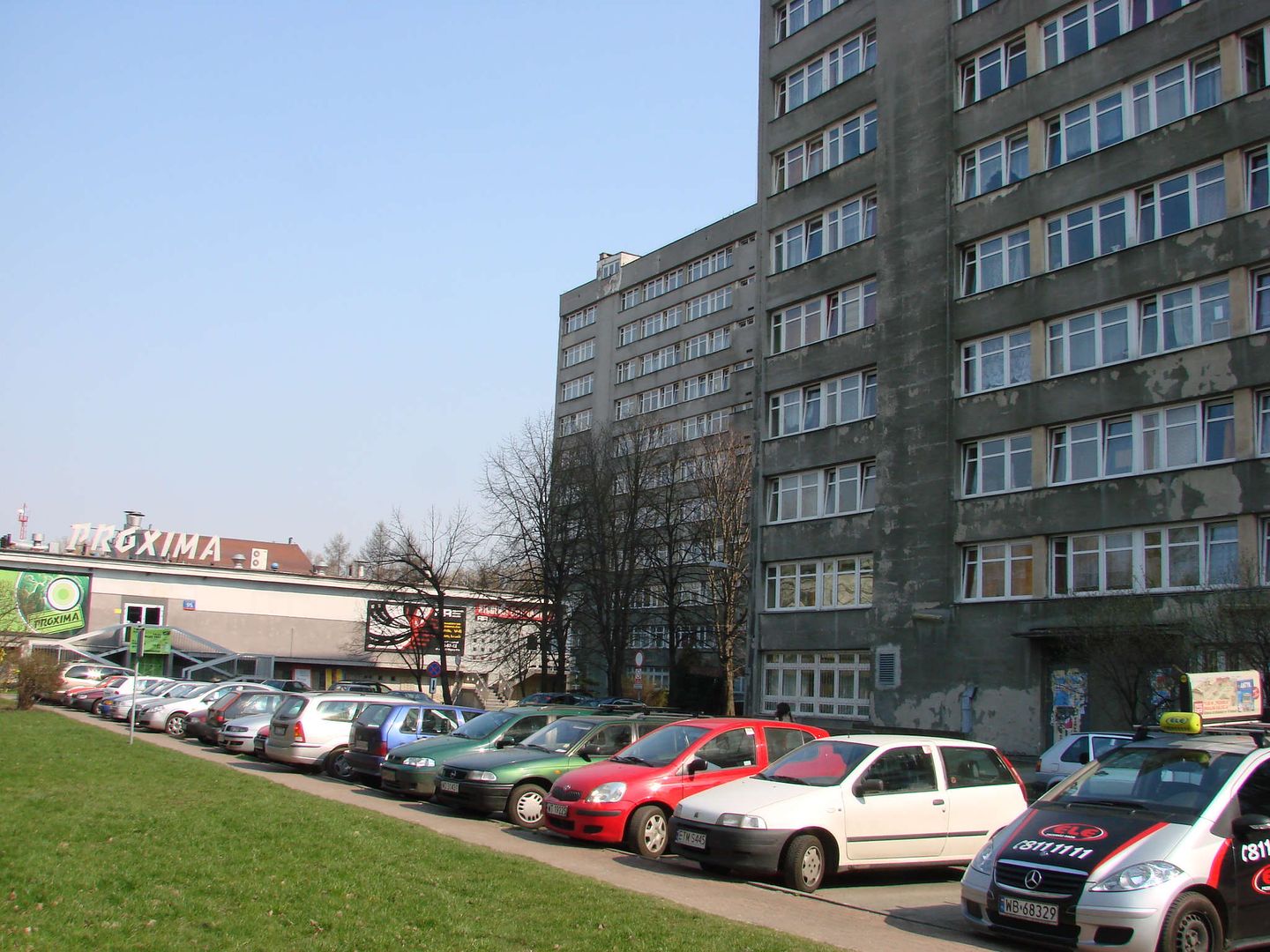Żwirki i Wigury Street in Warsaw
6.32

Overview
Żwirki i Wigury Street in Warsaw is a major transportation artery connecting Chopin Airport with the city center, running through the districts of Włochy, Mokotów, and Ochota. Its history dates back to the 1920s when it was designed by Antoni Jawornicki as a fast-moving road. The street was named in honor of Franciszek Żwirko and Stanisław Wigura, Polish aviators who tragically died in 1932. Upon its opening in 1934, it became the first street in Warsaw to be illuminated with sodium lamps. A distinctive architectural feature is the building of the Navy Headquarters, designed by Rudolf Świerczyński, notable for its modern structure and luxurious interiors. The street also serves as the boundary between the Mokotów and Ochota districts, and its route has changed over the years due to infrastructure expansion, including the airport. In the mid-20th century, during the German occupation, the street was temporarily named Strasse der Flieger, and its name was altered during the Polish People's Republic era. A significant cultural landmark is the Aviator Monument, located at the roundabout where the street intersects with Wawelska Street. From a natural perspective, the lime tree avenue along the street has been designated a natural monument, with its layout established in the 1920s. Żwirki and Wigury Street also plays a role in academic life, hosting institutions such as the Medical University of Warsaw and the Faculty of Geology of the University of Warsaw. The street is steeped in history and memories of important events and figures related to Polish aviation, and its significance for residents and tourists remains vital to this day.
Location
Tickets
Powered by GetYourGuide
2025 Wizytor | All Rights Reserved